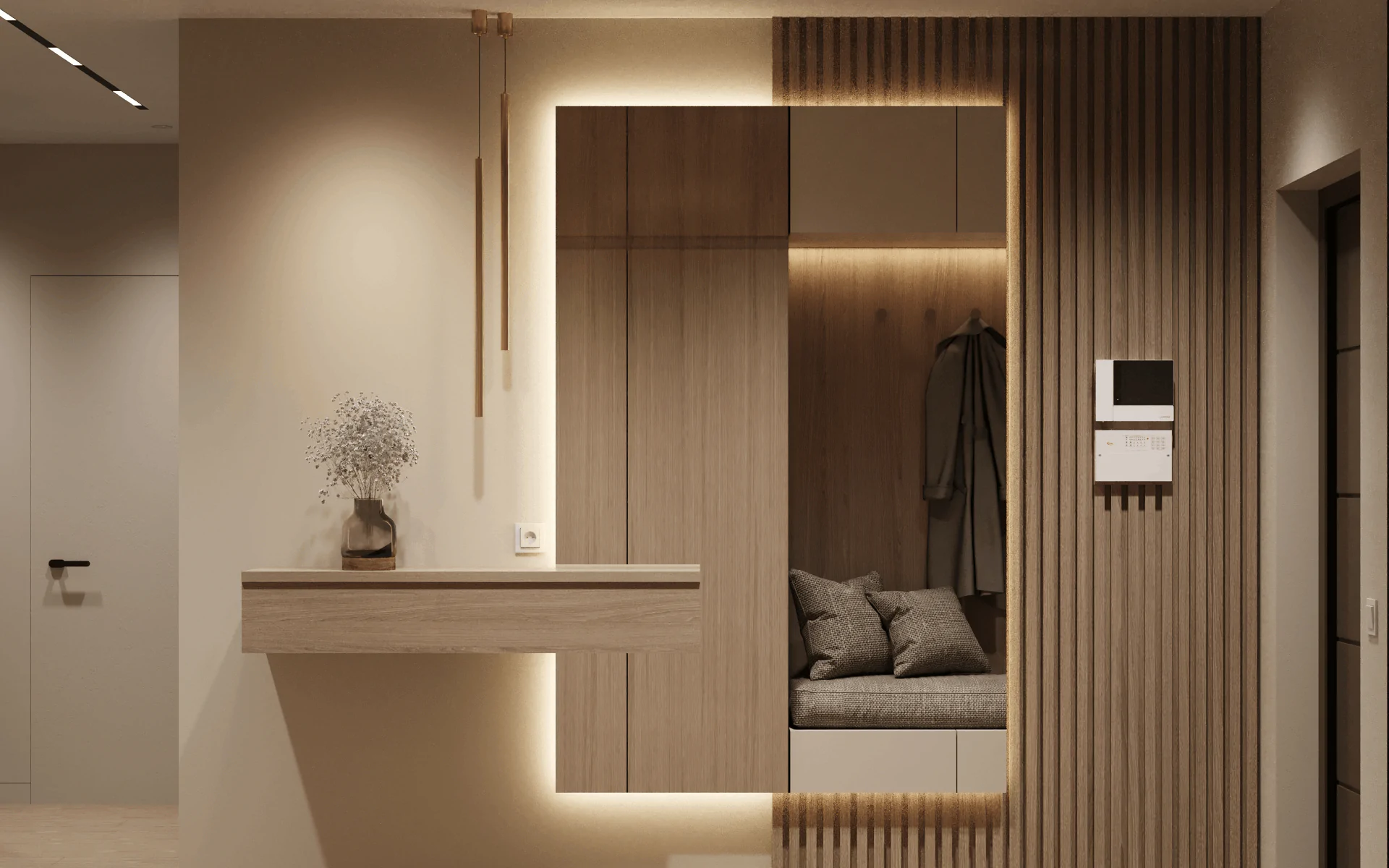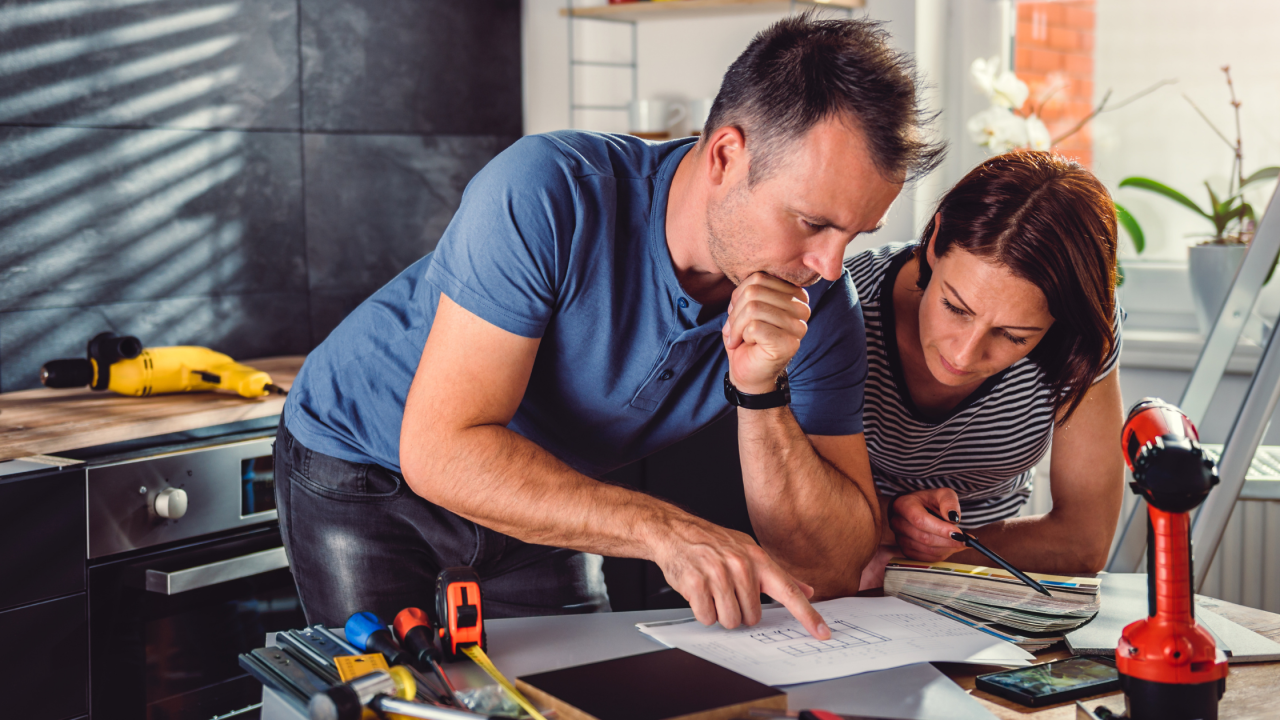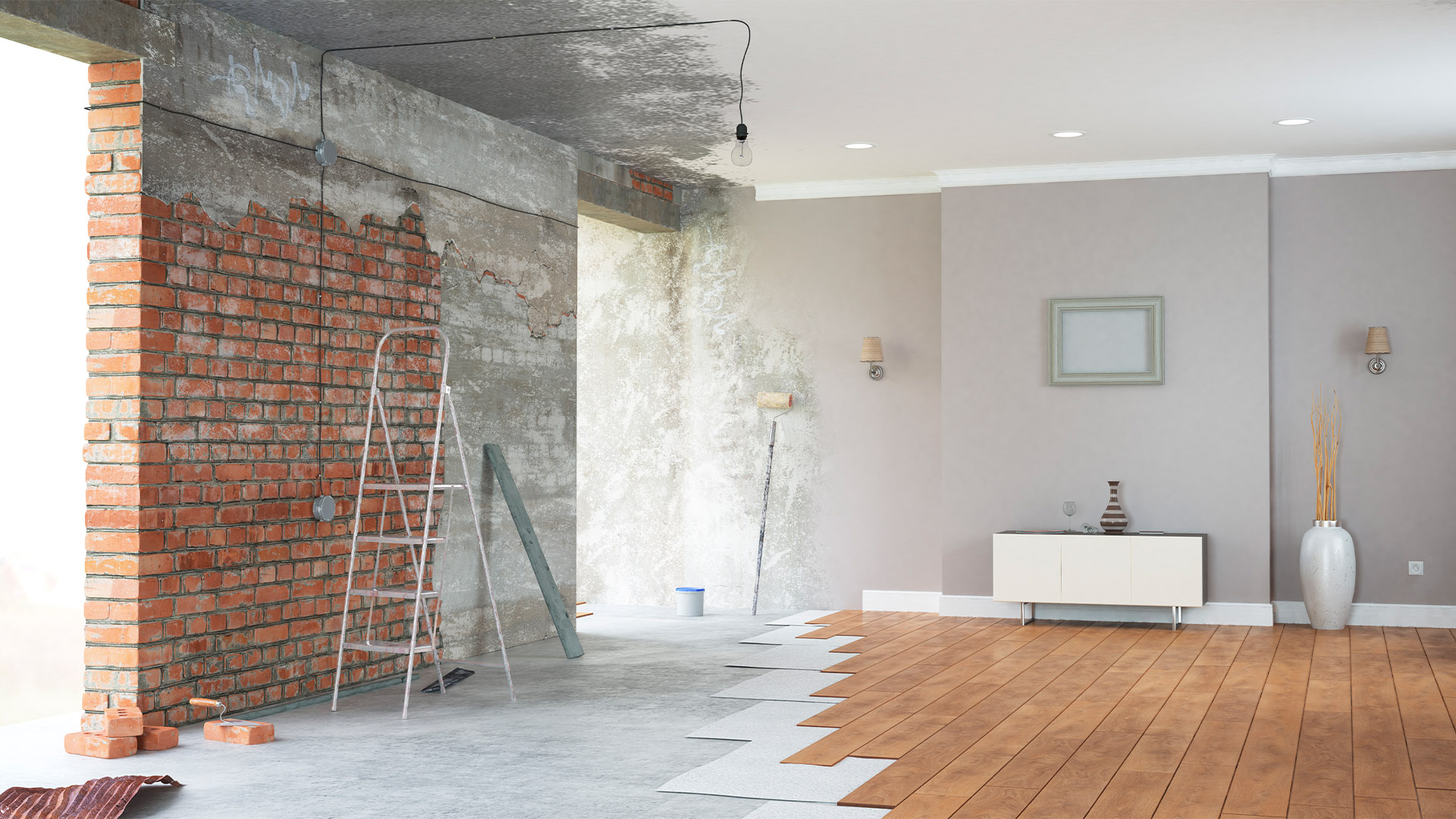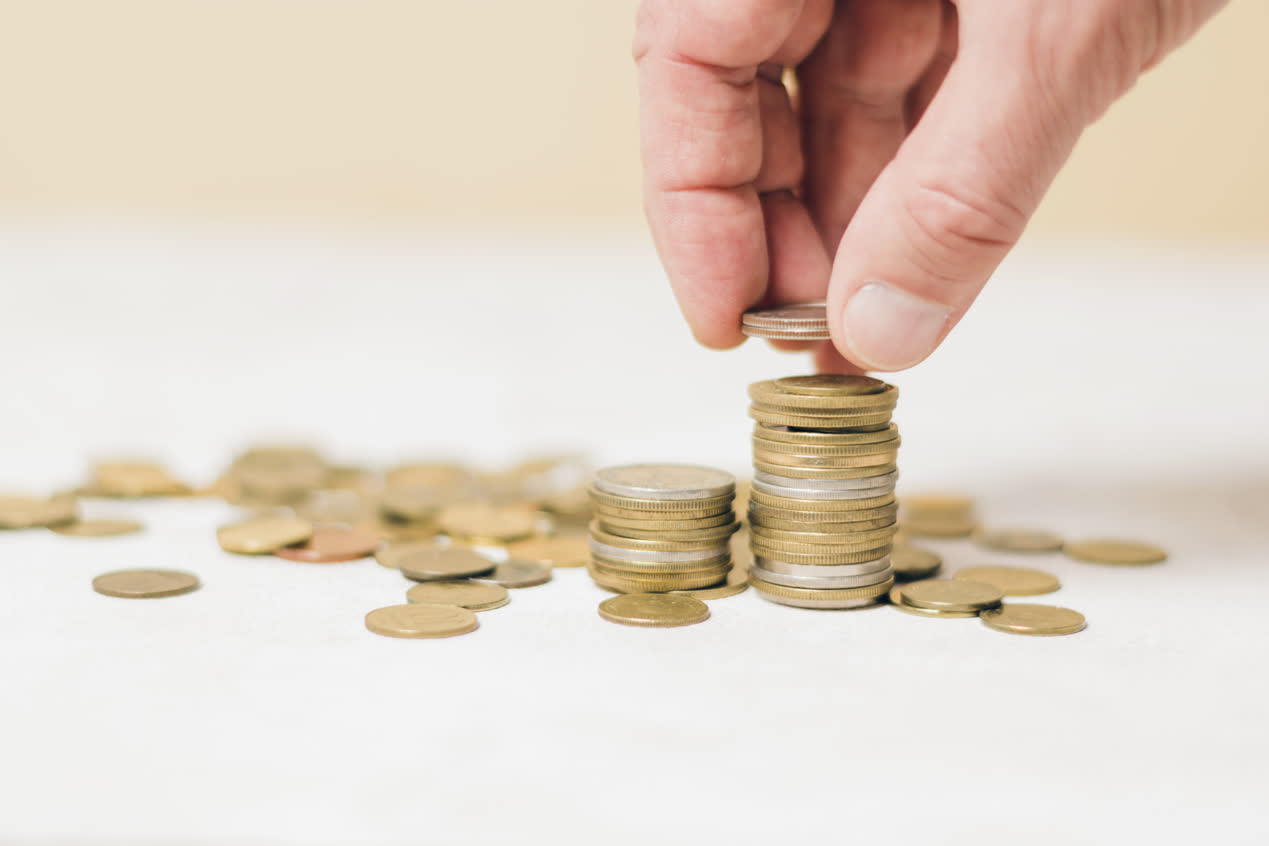As we step into 2025, apartment renovation trends are evolving to reflect deeper lifestyle changes,
environmental concerns, and a growing desire for spaces that support both functionality and emotional
well-being. The post-pandemic years have left a lasting mark on interior design, pushing homeowners and
designers to rethink the way spaces are used and experienced. In 2025, renovations are not just about
aesthetics — they are about creating environments that are sustainable, flexible, and deeply personal.
Color trends in 2025 have shifted toward warmth and grounding tones. While previous years saw the rise of
cool grays and stark whites, this year is bringing back the richness of nature-inspired palettes. Earthy
tones like terracotta, olive green, sand, clay, and muted mustard are dominating accent walls, cabinetry,
and upholstery. These colors are chosen not only for their beauty but also for the calm and stability they
bring into a home. Deep, moody blues and sophisticated wine reds are also making a comeback, often used to
create cozy corners or statement pieces in living areas and bedrooms. Neutrals have not disappeared —
they’ve simply evolved. Instead of sterile white or flat beige, we’re seeing more “greige” tones, mushroom
shades, and warm taupes that serve as an elegant, versatile base.
Materials in apartment renovations have taken a significant turn toward eco-conscious options.
Sustainability is no longer a niche preference; it’s becoming a standard. Recycled wood, bamboo, cork, and
reclaimed stone are popular choices for flooring, countertops, and wall treatments. Matte finishes are
replacing high-gloss surfaces, especially in kitchens and bathrooms, giving spaces a softer and more organic
feel. Natural textures such as raw linen, unpolished concrete, brushed metal, and handmade ceramics are in
high demand. These materials are favored not just for their aesthetic appeal, but because they age
gracefully and reduce the overall environmental footprint of the renovation. Glass is also being used
creatively — not only for transparency but to bring in more light and create a feeling of openness without
compromising privacy.
In terms of layout, flexibility is the key word in 2025. The modern apartment is expected to adapt to
changing needs — work, relaxation, hobbies, and even wellness. Open-concept spaces are still popular, but
they’re now designed with “soft zoning” — using furniture placement, rugs, lighting, and materials to subtly
define areas without building full walls. Home offices are no longer afterthoughts; they are integrated into
the overall design in a way that blends seamlessly with the living space. Smart storage is also trending,
with custom-built cabinetry that makes use of awkward corners or vertical space, especially important in
urban apartments where square footage is limited. Kitchens are being reimagined as social spaces, with more
islands, built-in seating, and hidden appliances to create a cleaner, more livable environment.
Another noticeable shift is the desire for personalization. Cookie-cutter interiors are losing their appeal
in favor of spaces that reflect the owner’s story, culture, and lifestyle. This is expressed through unique
decor, vintage furniture, artwork, and even layout modifications that prioritize daily habits and emotional
comfort over trends. Biophilic design — the idea of bringing nature into the home — continues to gain
popularity. It’s not just about adding plants, but also about maximizing daylight, using natural shapes, and
creating sensory harmony through sound, smell, and touch.
In conclusion, apartment renovation trends in 2025 are a celebration of harmony, sustainability, and
authenticity. From color choices to materials and layout strategies, homeowners are seeking spaces that
nourish the mind, adapt to modern life, and reflect who they truly are. Renovation is no longer just about
updating a space — it's about transforming it into a sanctuary that supports every facet of a person’s
lifestyle in a rapidly changing world.





